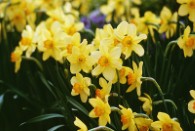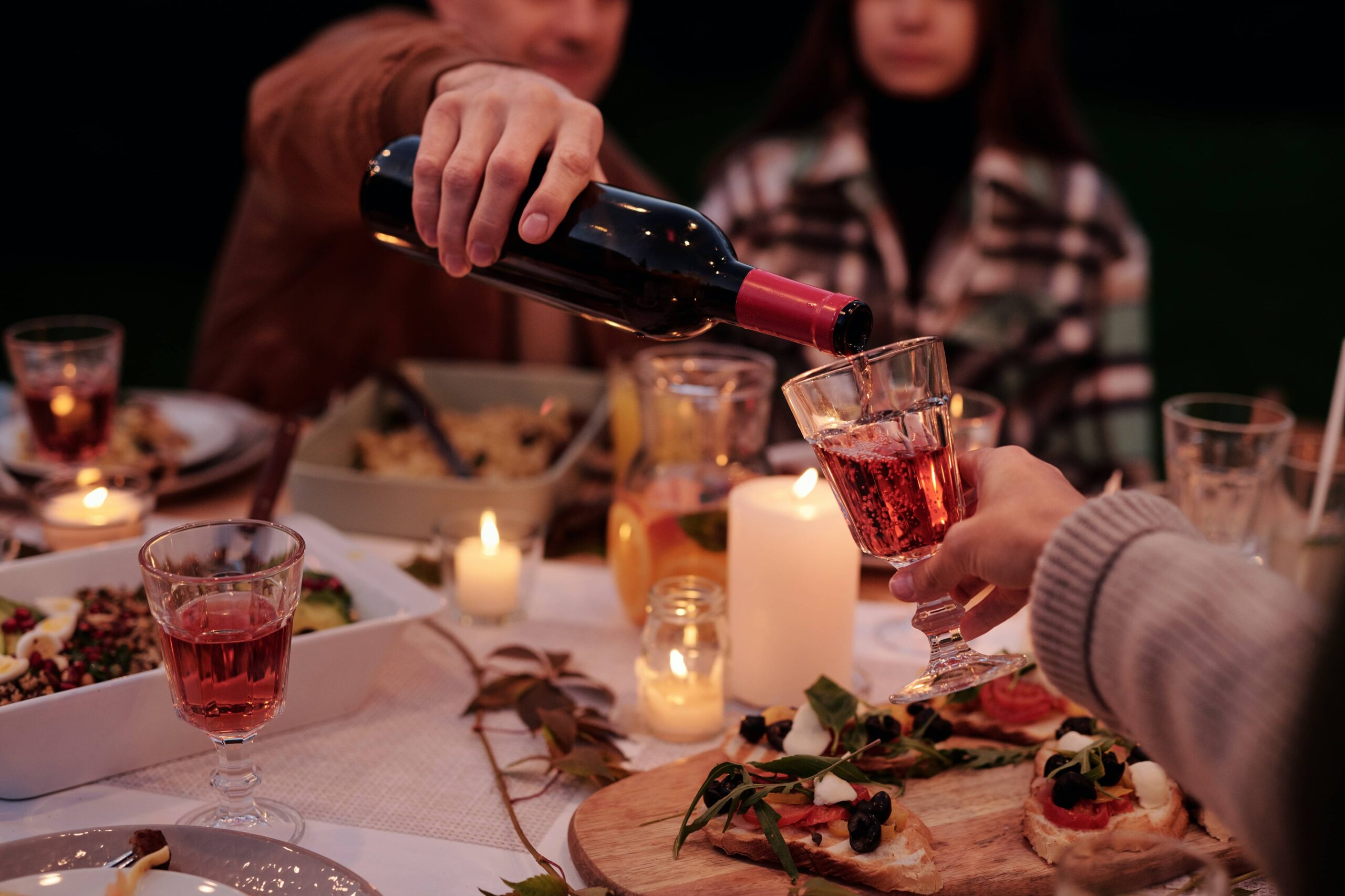 Now that the weather has finally turned, with the aftermath of Hurricane Gonzalo battering the UK, many gardeners will be starting their autumn maintenance jobs.
Now that the weather has finally turned, with the aftermath of Hurricane Gonzalo battering the UK, many gardeners will be starting their autumn maintenance jobs.
Raking all those sodden leaves that are littering the ground will be a big priority – and if you have a pond, you'll want to make sure you fish any debris out as soon as possible.
However, you shouldn't let these preoccupations overwhelm you, as there are plenty of other tasks to be getting on with at the moment.
Your thoughts should already be on next year, when your garden comes to life again in the spring. Spend some of your time in Autumn selecting and planting spring-flowering bulbs, such as daffodils, tulips, crocus, grape hyacinths and fritillarias.
Where to plant your bulbs
Most hardy bulbs, such as tulips and daffodils, require a warm, sunny site with good drainage, as they come from areas with dry summer climates.
In contrast, those from cooler, moister environments, such as Cardiocrinum, need conditions that mimic their woodland habitats. Garden compost and heavy soils with compost and grit can be used to improve light or sandy soils.
Planting method
Planting bulbs is quite a simple task, but it's worth following a few simple guidelines to make sure they have the best chance of flourishing.
First of all, you should make sure your bulbs are planted in the right depth of soil. Calculate the planting depth by measuring the bulb from base to tip and doubling or tripling this length.
They should be placed in the hole with their 'nose', or shoot, facing upwards. Space them at least twice the bulb's own width apart.
Finally, replace the soil and firm it down gently with the back of a rake – avoid treading on the soil as this could damage your bulbs.
Planting styles
Planting in herbaceous borders is one effective technique, as plants such as daffodils can be used to fill in gaps and provide colour and interest before perennials and shrubs begin to appear later on in the year.
Daffodils, winter aconites, tulips and fritillarias all add colour to your garden, and blending together different varieties will create a vibrant tapestry.
You can also plant bulbs to create a naturalistic effect, replicating the way they would grow in the wild. This is an ideal technique for the space around the base of trees, with scillas, anemones, erythroniums and crocuses particularly suited to such a planting style.
A good way to ensure you get a natural effect is to drop a handful of bulbs from waist height and plant them where they fall, using either a trowel or a specialist bulb planter for heavier soils.
Of course, bulbs can create an excellent display if they are planted en masse. Early-flowering tulips can be planted in a bed that will be occupied by annuals later in the summer to create an arresting springtime scene.




